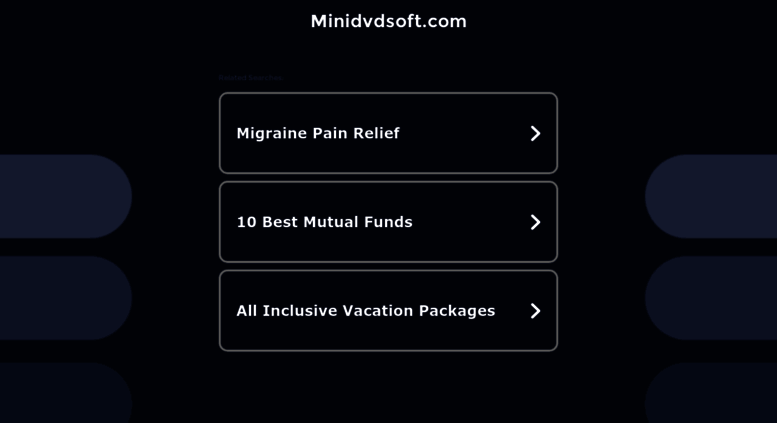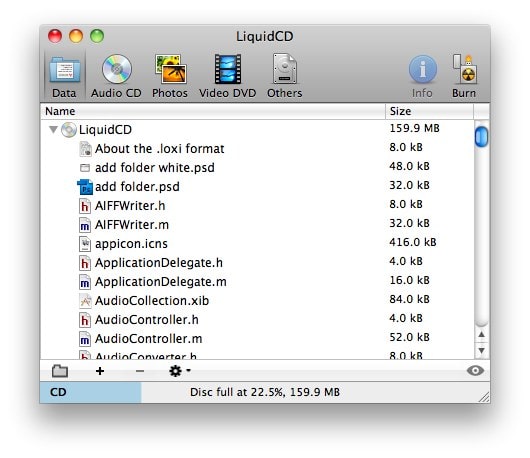

This worked out of the box in my Mojave system. This will open a new Finder window with the content of the iso displayed. Again this is relevant to modern macOS versions, like High Sierra Enjoy this tip? Subscribe to the OSXDaily newsletter to get more of our great Apple tips, tricks, and important news delivered to your inbox! Enter your email address below.
#FREE ISO BURNER SOFTWARE FOR MAC MAC#
The syntax is rather simple but being the command line things must be precise to avoid failure or unintended consequences, thus this is best for advanced Mac users. Users can also turn to the command line to burn a disk image or iso file.
#FREE ISO BURNER SOFTWARE FOR MAC MAC OS X#
But the situation was changed since the release of macOS.But not to worry, you can still burn disk images and data discs in modern MacOS and Mac OS X releases, and you can start the process either from the Finder or from the command line on the Mac. This method is only meant for OS X With Mac OS X If you have one of these higher versions, you can try the above methods. Step 3 : When you see your ISO file in the left panel, that means it was mounted properly. Step 2 : Open your ISO file and mount it as a virtual drive. From there, go into the Utilities folder and click on Disk Utility to launch the app. Step 1 : Go to the Applications folder using Finder or by clicking the shortcut on the bottom right of your screen. Using this function, you can easily burn your ISO to a disk after mounting it.ĭisk Utility is primarily meant to view and repair hard drives and other drives, but also has added functionality. The software's reliability, flexibility and speed have made this the go-to Mac application for handling ISO disk image files. Make sure the computer not going into sleep mode during the burning process. If you don't know what they mean, leave them in default mode. If you want a different partition style or file system, make those changes on this page. Select the ISO file to be burned to the media. This flexibility makes it the most user-friendly Mac app for handling ISO disk images in a number of ways.Ĭlick on the Burn module on the first page, which will take you to the ISO burning utility. More importantly, the USB is bootable in default. The biggest advantage is that you do not need any technical expertise whatsoever to use this software. The utility has been fully tested on a wide range of storage media brands as well as all versions of macOS and Mac OS X. It allows you to burn, extract, edit, copy and create ISO almost as if it was a native file format on Mac. It is popularly regarded as the best ISO burning software for Mac.

Sofware being powered by a graphics user interface are always welcomed because of user friendly operation. If you want to avoid any kind of command line work and if you're running one of the newer versions of macOS, then it's better to use a third-party software like the one described in Part 2 below. There is no need to run the command again after inserting the USB. If you haven't inserted a disk, you will be prompted to do so. Step 4 : Now run the following command hit Enter after typing : hdiutil burn filename. Step 3 : If your ISO file is in your Desktop, then run the following command press Enter after typing the command : cd desktop. Make sure you remember the name of the ISO file because it will be used in the command. Saving it to desktop or downloads folder is usually a good idea. Step 2 : Copy the ISO file in a convenient location so your command doesn't have to be too long. Step 1 : Click Terminal icon from the Dock. Terminal allows you to do several system-level operations, so don't input anything other than the commands specified in the process outline shown below. If you did not t have any experience with text command, then this is not recommended because it is too risky to damage the local disk with wrong input. The only thing you can't do is run an ISO file on an Apple computer. However, if you merely want to burn it to a disk, that's definitely possible.


 0 kommentar(er)
0 kommentar(er)
